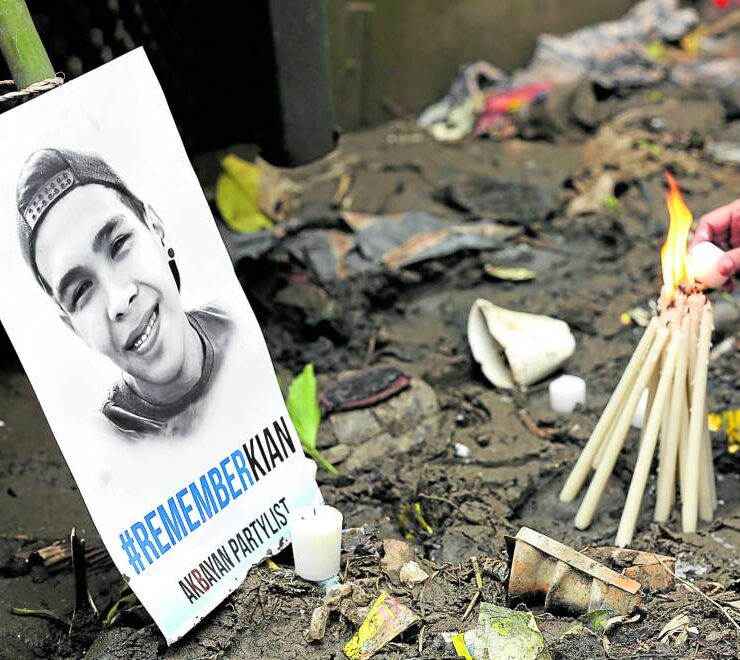Charmed by Hoi An
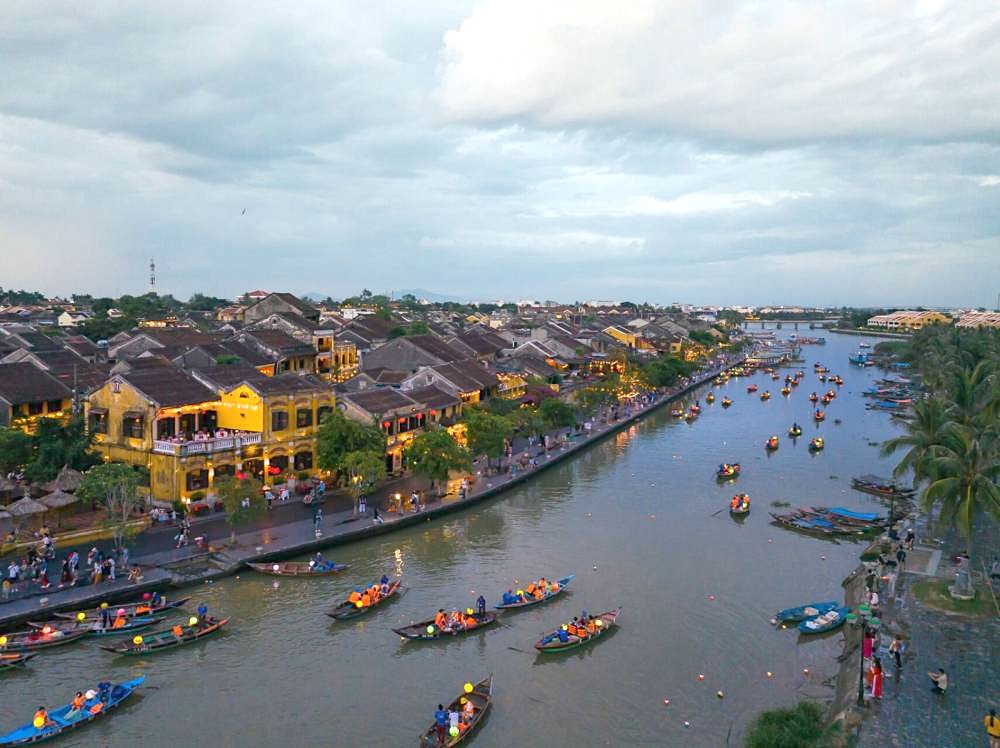
A small city like Hoi An in central Vietnam (population just north of 150,000) is typically not my cup of tea as a holiday destination, thinking it’s probably quite laid-back. I prefer the megalopolitan buzz and madness, as I want the option of having something to do at any point of the day. While I welcome the idea in theory, I get antsy just lounging by the pool.
But perhaps that’s exactly what I needed, I was reminded during a crystal bowl singing meditation class at the Four Seasons The Nam Hai, my home on a recent whirlwind trip. I needed to relax, quiet the mind, be in the moment and submit myself to the idea of doing … nothing.
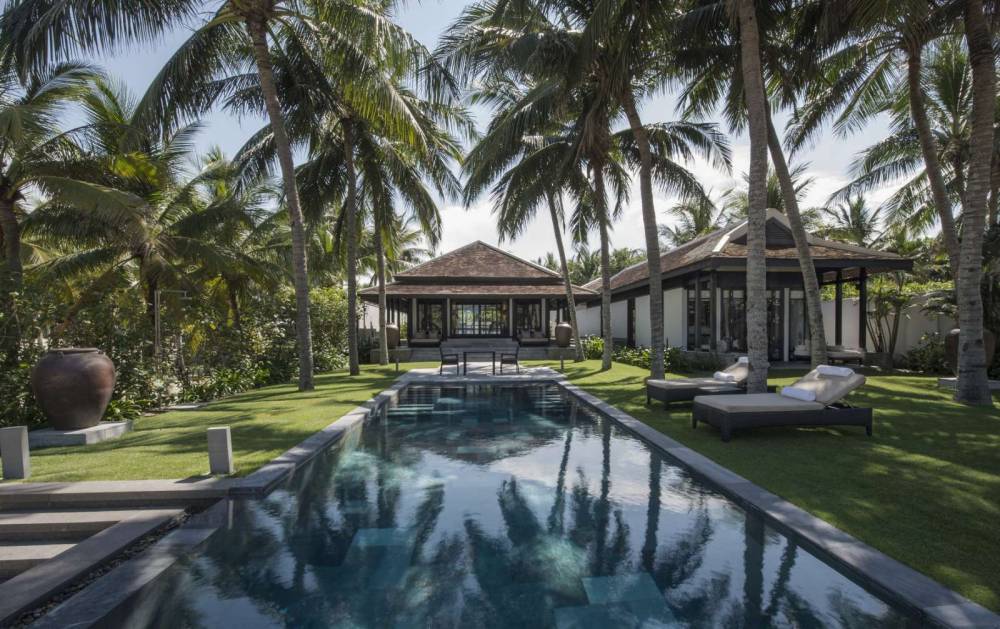
The sprawling 14-hectare luxury property along the coast of Hoi An is the ideal retreat for those who, like me, need that balance of quiet and action, as it offers all the creature comforts one can ask for when you need to just chill, but is still close to the rush when, you know, cabin fever hits.
My travel buddy Marbbie and I stayed in a two-bedroom private villa, though “bedroom” is an understatement as we were housed in three separate adjacent buildings, the center a common living area, with its own lap pool. We had a butler named Ahn, who anticipated our every need.
Cebu Pacific now flies direct to Da Nang, which is a 30-minute drive to Hoi An, thrice a week, and the flight only takes a little over two hours. The route opened only in December, and our flight leaving Manila was full with vacationing families.
On our late-night Saturday arrival, the warm hug of a bowl of pho awaited at our villa. Ahn always had little snacks, local fruits, cold-pressed juices or chilled sweet coconut water waiting for us. One morning she even had a floating breakfast prepared for us at our private pool.
The beach was just behind the villa, and we always had it all to ourselves, save for the lifeguard on his perch. (If you feel the urge to mingle, there are several massive pools at the center of the resort.)
The villas are equipped with bicycles for those who like to explore the lush grounds on two wheels, but we preferred the convenience of being driven around in golf carts.
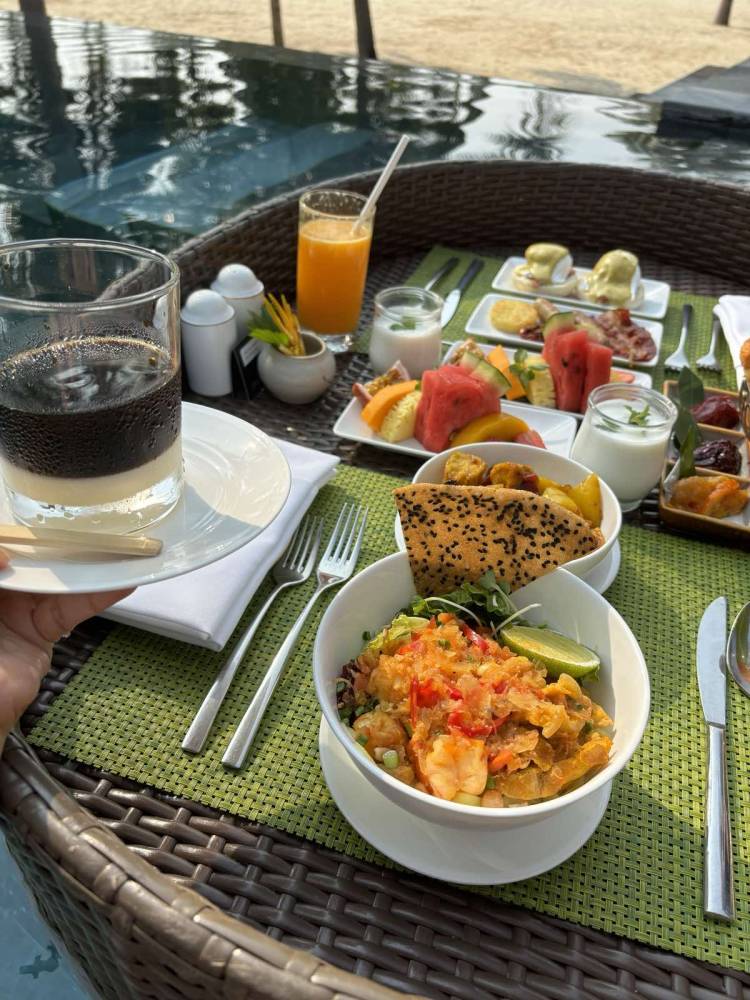
Local fare
Hoi An’s Ancient Town, a United Nations Educational, Scientific and Cultural Organization (Unesco) World Heritage Site, is a mere 15-minute car ride from the Four Seasons, so you’re never too far from the action. The resort can arrange a food and cultural tour on a Vespa—which I highly recommend. Four Seasons’ guests—on our visit made up mostly of Americans, Brits and Europeans—quite enjoy this experience, as the Vespa guides take them through the paddy fields on the way to the city. We skipped this and took a Grab Car to town—but rode the Vespa on the highway back to the resort later that evening.
There are things we do when we’re traveling that we won’t think of doing at home. When you’re on holiday, the rules you make for yourself just fly out the window.
For instance, I would never line up for food, no matter the hype, in Manila. But I have willingly waited in line for hours for ramen in Sapporo in subzero weather, and tacos and pizza during midday rush (more than once) in New York.
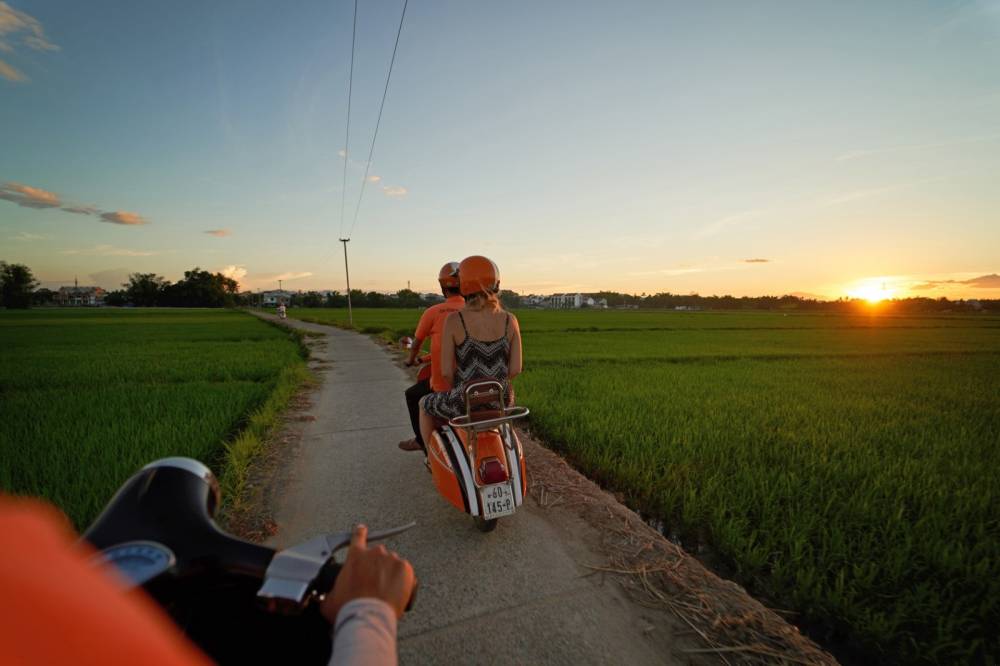
I would never get on any form of two-wheeled vehicle at home, much less on Edsa, but yes, I did ride pillion around Hoi An on a Vespa. (I think I developed a six-pack from the tension!) Truth is, while Hoi An is teeming with tourists, it’s not as crowded as Hanoi or Ho Chi Minh City, and since mopeds are a way of life in Vietnam, there’s mutual respect among motorists, so I never felt like I was in any kind of danger.
Vietnam’s cuisine is well-known and well-loved, and Hoi An’s offerings won’t disappoint—our Vespa stops took us to a scenic bar for cocktails; a locally famous flower-shaped dumpling place (and we learned how to make them); an all-escargot place (my personal favorite); and a nem lui (grilled pork satay) wrapped in banh xeo (rice pancakes) spot. We capped the night with chilled sweets from a vendor at the night market, seated on low plastic stools on the sidewalk—can’t get more authentic than that.
At the resort, we had fantastic samplings of local fare, like Hoi An-style chicken rice (none of the ginger condiment that I’m used to, but with a side of papaya salad), cau lao (dry rice noodle dish, a local specialty), mi quang (turmeric noodles), ca phe sua da (iced condensed milk-sweetened Vietnamese coffee, which I ordered every chance I got) and ca phe trung (Vietnamese coffee with egg, which was like sipping leche flan—yum!). Owing to ancient Indian influence, the food in Hoi An uses more spices not typical in other parts of Vietnam.
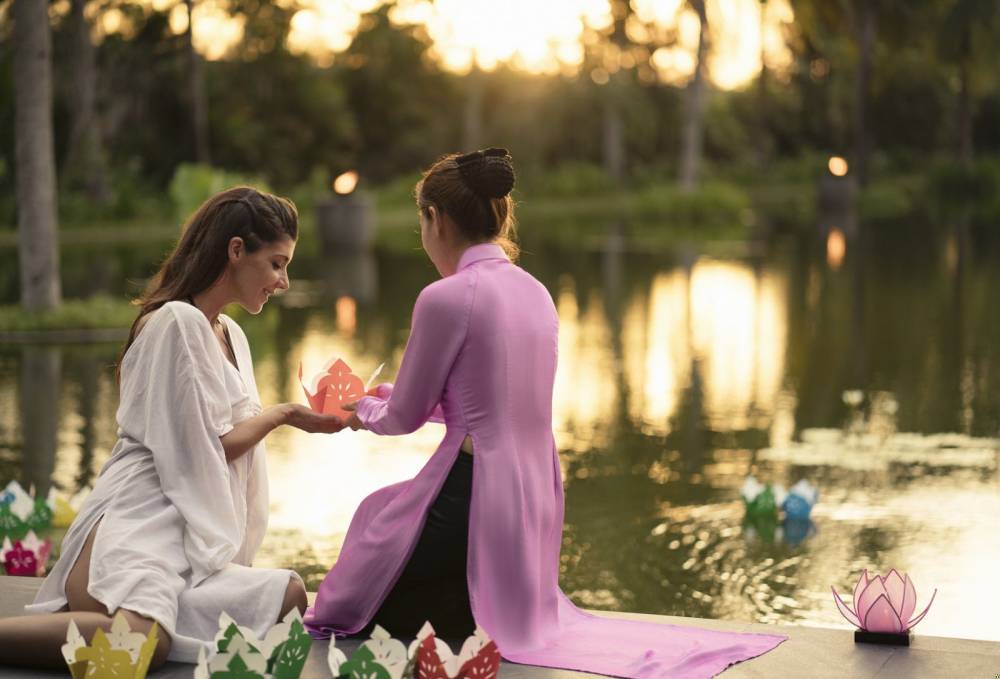
One evening, we were indulged with a delightful omakase dinner at the resort’s recently opened Nayuu restaurant, helmed by Tokyo-trained Madrileño chef Alex Moranda, who regaled us with stories from his colorful life, and fed us, among other fine things, fugu, potentially poisonous pufferfish. (Guess what, the fugu was the least interesting of all the dishes.)
Ancient Town
We explored the charming little city on foot. Hoi An was a bustling trading port in the 16th to the 19th centuries, and remnants of its colorful past are well-preserved in its architecture—a fusion of Vietnamese, French, Chinese and Japanese styles.
The Ancient Town is quite walkable, though some tourists like to get around on rickshaws. It’s especially picturesque at this time of year, with both sides of its narrow alleys lined with mustard yellow-painted, timber-frame shophouses, their low roofs and awnings crawling, and abloom, with bougainvilleas. These old-style merchant homes are characteristically long and narrow, aptly called tube houses, their main doors facing the road, with courtyards in the center and back doors facing the river.
Today, the shophouses are home to various trades—art galleries, handicraft stores, restaurants and cafes, lantern shops, and, most notably, Hoi An’s thriving clothing industry that offers express tailoring and made-to-order service—a hit with tourists who can get their customized clothing in just 24 hours. (Hoi An silk is also a big draw for Filipino designers who go there to buy fabrics.) On our flight back home, I saw fellow passengers hand-carrying lanterns in cardboard boxes as souvenirs.
One of our more memorable stops—and it’s a must—was the Precious Heritage Museum by famous French photographer Rehahn, who has made Hoi An his home and has made it his life mission to document the heritage of the 54 ethnic groups of the Vietnamese through portraits and the heirloom costumes that the tribes have entrusted him with. (Like me, you’ve probably seen Rehahn’s photography somewhere and didn’t know it was by him.)
As dusk falls, Ancient Town takes on an entirely different vibe as the thousands of lanterns lining the length of the Thu Bon River are lit, turning the place into an otherworldly spectacle that, even this jaded traveler had to admit, is simply magical. I didn’t even mind the distant noise coming from the karaoke bars.
A lantern festival is held every full moon, wherein all but the lanterns illuminate the whole of Ancient Town. But even on ordinary days, tourists get to experience this aboard the lantern-lit boats and whisper their wishes as they float candlelit paper lanterns onto the river.
Don’t knock it until you’ve tried it, they say, and that’s exactly how I feel about Hoi An. I didn’t expect to like it but I was downright charmed.



















